Florida’s summer heat can be relentless, with temperatures often soaring into the 90s and water temperatures climbing above 80°F. For largemouth bass anglers, this means a shift in strategy is essential. Bass become less active during the hottest parts of the day, seeking cooler, oxygen-rich waters and shade to escape the scorching sun. But don’t let the heat deter you—Florida’s lakes, rivers, and canals, such as Lake Okeechobee and the Harris Chain of Lakes, remain prime bass fishing destinations even in July and August. In this comprehensive guide, we’ll explore five proven ways to beat hot summer bass fishing in Florida, ensuring you can still land that trophy fish in 2025. From timing your trips to choosing the right baits, these expert tips will help you succeed while keeping safety and regulations in mind.
Why Summer Bass Fishing in Florida Is Challenging

Largemouth bass are sensitive to temperature changes, and Florida’s summer conditions push them to their limits. As water temperatures rise above 80°F, bass metabolism slows, and they become less aggressive in their feeding. Dissolved oxygen levels in shallow, warm water drop, forcing bass to seek deeper, cooler areas or shaded cover. Additionally, the intense sunlight makes bass more cautious, often retreating to structure like docks, lily pads, or submerged logs to avoid predators and conserve energy. Anglers must adapt to these behavioral shifts to locate and entice bass during the hottest months. Understanding these challenges sets the stage for the strategies below, tailored specifically for Florida’s unique fishery.
1. Fish Early or Late to Avoid Peak Heat

Timing is everything when it comes to summer bass fishing in Florida. During July and August, the midday heat can be unbearable for both anglers and fish, with surface water temperatures often exceeding 85°F. Bass are most active during the cooler parts of the day—dawn and dusk—when water temperatures are slightly lower, and light levels are dim. This is when bass are more likely to feed aggressively, moving into shallower areas to hunt for baitfish, frogs, and insects.
-
Dawn (Pre-Sunrise to 9 AM): Start fishing before sunrise, ideally around 5:30 AM, when the air is cooler, and bass are actively feeding. The low light conditions make bass less wary, increasing your chances of a strike.
-
Dusk (6 PM to Sunset): As the sun sets, water temperatures drop slightly, and bass move back into feeding zones. This is a great time for topwater action as bass chase baitfish near the surface.
-
Night Fishing Option: For those willing to fish after dark, night fishing can be highly productive. Bass often feed under moonlight, especially around lit docks or in areas with artificial lights that attract baitfish. Use dark-colored lures like black spinnerbaits or jigs for better visibility against the night sky.
Pro Tip: Check the lunar calendar—bass are often more active during a full or new moon, especially at dawn or dusk. In Florida, top spots like Lake Okeechobee and the St. Johns River see increased bass activity during these times.
2. Target Deep Water and Structure for Cooler Bass

As summer heat intensifies, bass in Florida seek out deeper water where temperatures are cooler and oxygen levels are higher. In lakes like Lake Istokpoga or the Kissimmee Chain, bass often move to depths of 10–20 feet during the day, especially in areas with structure that provides shade and ambush points. Understanding where to find these bass is key to success.
-
Deep Water Hotspots:
-
Drop-offs and Ledges: Bass often hold along drop-offs where shallow water transitions to deeper zones. Use a fish finder to locate these areas, and fish with deep-diving crankbaits or Carolina rigs.
-
Channels and River Bends: In rivers like the St. Johns, bass congregate in deeper channels or bends where current brings cooler, oxygenated water. Target these areas with jigs or weighted soft plastics.
-
Spring-Fed Areas: Florida lakes often have spring-fed spots with cooler water. Lake George, for example, has springs that attract bass in summer—fish these areas with slow-moving baits like worms.
-
-
Structure to Target:
-
Submerged Timber: Fallen trees or logs in deeper water provide shade and cover. Use a Texas-rigged worm to probe these areas without getting snagged.
-
Rock Piles and Ledges: Bass hide near rocks to ambush prey. A jig or crankbait worked slowly along the bottom can trigger strikes.
-
Docks and Piers: In deeper water, docks offer shade and structure. Skip a jig or senko under docks to tempt bass hiding in the shadows.
-
Pro Tip: Invest in a quality fish finder to locate thermoclines—layers where water temperature changes rapidly. Bass often hold just above the thermocline where oxygen is still adequate but the water is cooler.
3. Use the Right Baits and Techniques for Summer Bass

Hot summer conditions require a strategic approach to lure selection and presentation. Bass are less likely to chase fast-moving baits in warm water, so slow, deliberate techniques often work best. Here are the top baits and methods for Florida bass in summer:
-
Topwater Lures (Early/Late): During dawn and dusk, topwater baits shine. Use a buzzbait, frog, or popper around lily pads, grass mats, or near shorelines where bass hunt for frogs and baitfish. The explosive strikes are a summer highlight.
-
Deep-Diving Crankbaits: In deeper water, a crankbait that dives to 10–15 feet can reach bass holding near structure. Choose natural colors like shad or bluegill to match local forage.
-
Soft Plastics: A Texas-rigged worm or creature bait works well in deep water or around structure. Opt for dark colors like black/blue or green pumpkin, and fish slowly to entice sluggish bass.
-
Jigs: A football jig or flipping jig is ideal for probing deep structure or thick cover. Add a crawfish trailer and work it along the bottom with short hops.
-
Slow Presentation: Bass in hot water are lethargic, so slow down your retrieve. Let baits sit longer on the bottom, and use subtle twitches to mimic injured prey.
Pro Tip: In Florida’s tannic waters, use baits with some flash or vibration, like a chatterbait, to help bass locate your lure in low-visibility conditions. Areas like the Harris Chain of Lakes often have stained water where this tactic excels.
4. Leverage Shade and Cover to Find Bass

Shade is a bass’s best friend in the summer heat, providing relief from the sun and a perfect ambush spot for feeding. In Florida, where vegetation and man-made structures are abundant, targeting shaded cover can lead to consistent catches.
-
Vegetation:
-
Lily Pads: Bass hide under lily pads to escape the sun. Use a frog or punch rig to penetrate the thick cover and pull bass out.
-
Hydrilla and Grass Mats: In lakes like Lake Tohopekaliga, hydrilla beds hold bass in summer. Punch through the mats with a heavy weight and creature bait, or fish the edges with a swim jig.
-
Cattails and Reeds: These provide shade in shallow water, especially in canals around Cape Coral. A wacky-rigged senko worked along the edges can draw strikes.
-
-
Man-Made Cover:
-
Docks and Piers: Shaded areas under docks are bass magnets. Skip a jig or soft plastic under the dock, focusing on the deepest, shadiest spots.
-
Bridges and Pilings: In rivers like the St. Johns, bass hold near bridge pilings where shade and current converge. Fish with a jig or crankbait along the pilings.
-
Overhanging Trees: Trees along the shoreline provide shade and attract baitfish. Use a spinnerbait or buzzbait to fish these areas quickly.
-
Pro Tip: Look for areas where shade and current intersect, such as a shaded bank with a slight flow. Bass use these spots to conserve energy while waiting for food to drift by.
5. Stay Hydrated and Safe While Fishing

Summer bass fishing in Florida isn’t just about catching fish—it’s also about staying safe in the heat. With temperatures often exceeding 90°F and high humidity, heat-related illnesses like dehydration and heatstroke are real risks. Additionally, ensuring you’re fishing legally with a valid license keeps you compliant with FWC regulations.
-
Hydration and Sun Protection:
-
Drink Plenty of Water: Bring at least 1 gallon of water per person for a half-day trip. Avoid alcohol, which can dehydrate you.
-
Wear Protective Clothing: Use a wide-brimmed hat, polarized sunglasses, and UPF-rated clothing to shield yourself from the sun. Apply SPF 50 sunscreen every 2 hours.
-
Take Breaks: Fish during cooler hours (dawn/dusk) and take breaks in the shade during midday. If you feel dizzy or overheated, stop fishing immediately and cool down.
-
-
-
Wear a Life Jacket: Always wear a life jacket, especially if fishing alone. Florida law requires a life jacket for each person on board.
-
Check Weather Conditions: Summer storms can arise quickly in Florida. Use apps like Weather Underground to monitor radar and avoid fishing during thunderstorms.
-
Carry a First Aid Kit: Include bandages, antiseptic, and a snake bite kit (for areas like the Everglades where snakes are common).
-
-
Fishing License and Regulations:
-
Ensure you have a valid Florida fishing license. Residents pay $17 annually, while non-residents can opt for a 3-day ($17) or 7-day ($30) license. Purchase online at GoOutdoorsFlorida.com or via the Fish|Hunt FL app.
-
Check regulations for largemouth bass: the daily bag limit is 5, with only 1 over 16 inches in most areas. Visit MyFWC.com for updates.
-
For more on licensing, see our Florida Fishing License Guide 2025.
-
Pro Tip: Keep a cooler with ice packs to store water and to cool off if needed. A small towel soaked in ice water can also help lower your body temperature on the water.
Top Florida Summer Bass Fishing Spots

To put these strategies into action, here are some of Florida’s best summer bass fishing locations:
-
Lake Okeechobee: Known as “The Big O,” this lake offers vast hydrilla beds and deep channels. Fish early around the rim canal or near Clewiston for big bass.
-
St. Johns River: Target shaded areas near bridge pilings or deep bends. The river’s current keeps water oxygenated, attracting bass.
-
Harris Chain of Lakes: Fish deep water near drop-offs or under docks in Lake Harris or Lake Eustis. Topwater baits work well at dawn.
-
Lake Istokpoga: Focus on deep hydrilla beds and spring-fed areas. A slow-rolled spinnerbait can produce in the heat.
-
Kissimmee Chain of Lakes: Lake Tohopekaliga (Toho) is a summer hotspot. Punch through grass mats or fish shaded docks for consistent bites.
Additional Tips for Summer Success
-
Match the Hatch: Pay attention to local forage. In summer, bass often feed on bluegill, shad, and frogs. Choose baits that mimic these prey species.
-
Fish Pressured Areas Smartly: Popular lakes like Okeechobee see heavy fishing pressure. Fish less obvious spots, like isolated grass patches or secondary channels.
-
Stay Persistent: Summer bass fishing can be slow, but persistence pays off. If one spot isn’t producing, move to another and vary your techniques.
-
Use Scent Attractants: In warm water, bass rely more on scent. Apply a fish attractant like garlic or crawfish scent to your lures to increase bites.
Conclusion
Hot summer bass fishing in Florida may be challenging, but with the right strategies, you can still enjoy a successful day on the water. By fishing early or late, targeting deep water and structure, using the right baits, leveraging shade, and prioritizing safety, you’ll increase your chances of landing largemouth bass even in the heat of July and August. Florida’s fisheries, from Lake Okeechobee to the St. Johns River, offer endless opportunities for anglers willing to adapt to summer conditions. Always carry a valid fishing license, stay hydrated, and fish responsibly to protect Florida’s natural resources. Tight lines, and stay cool out there!

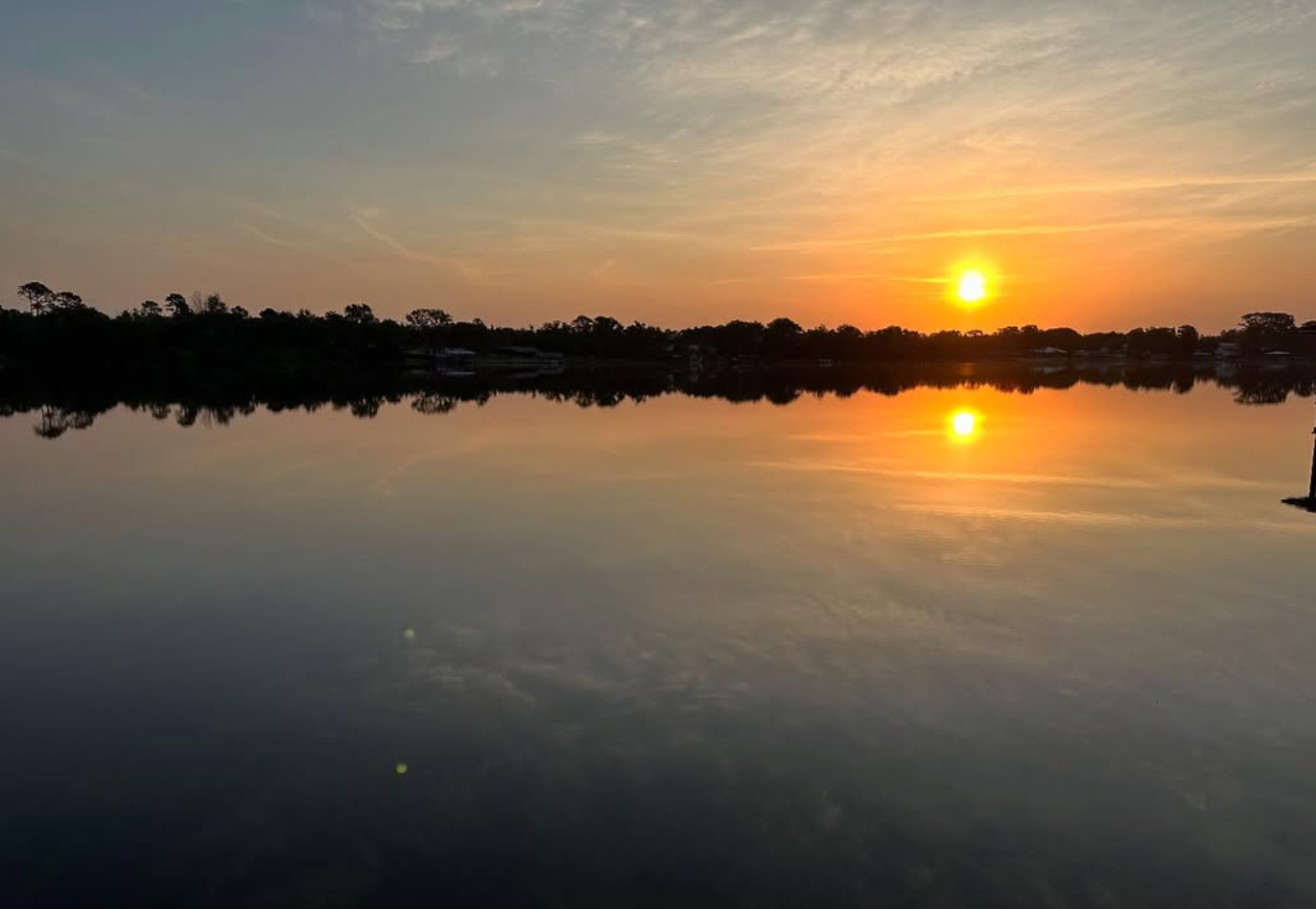
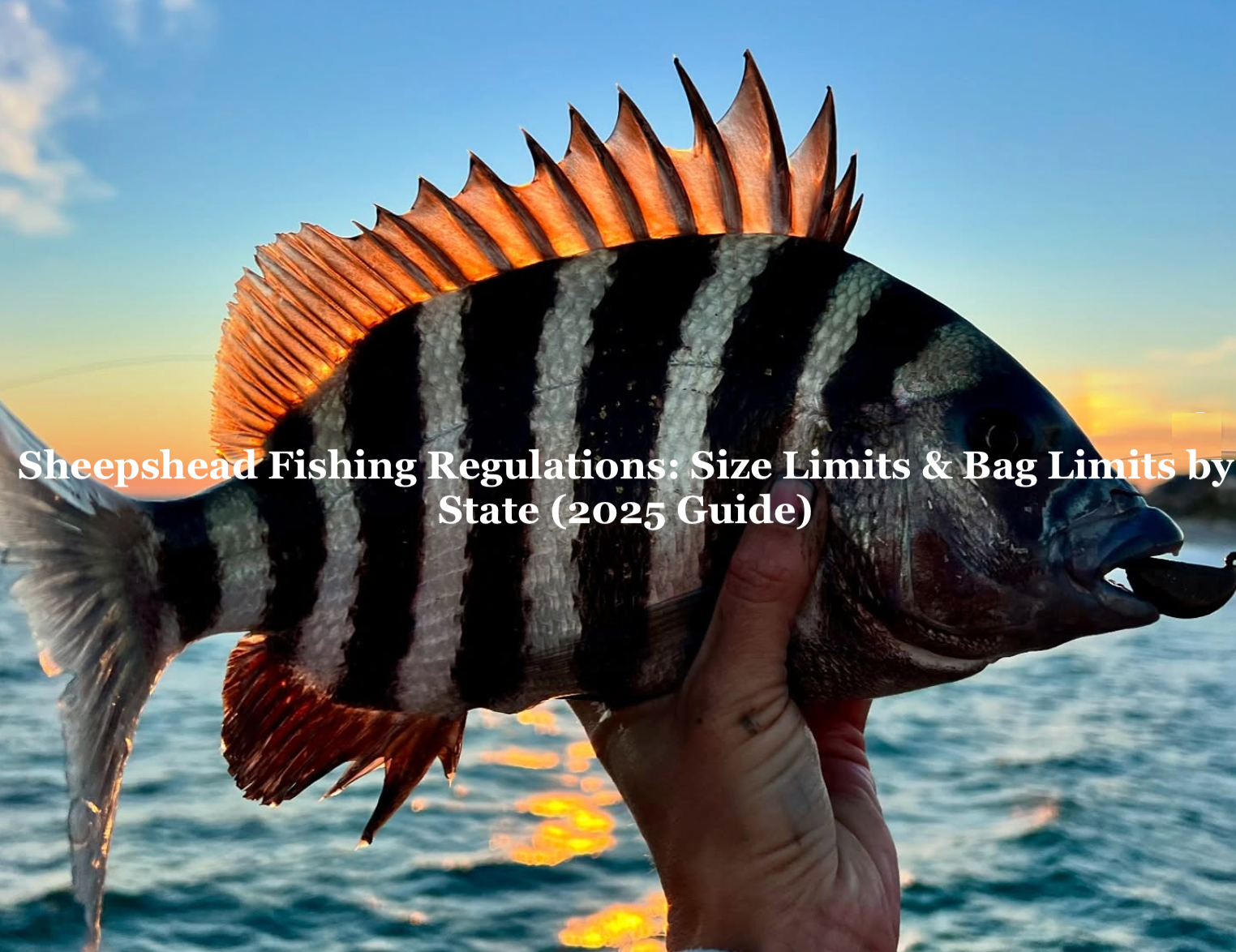
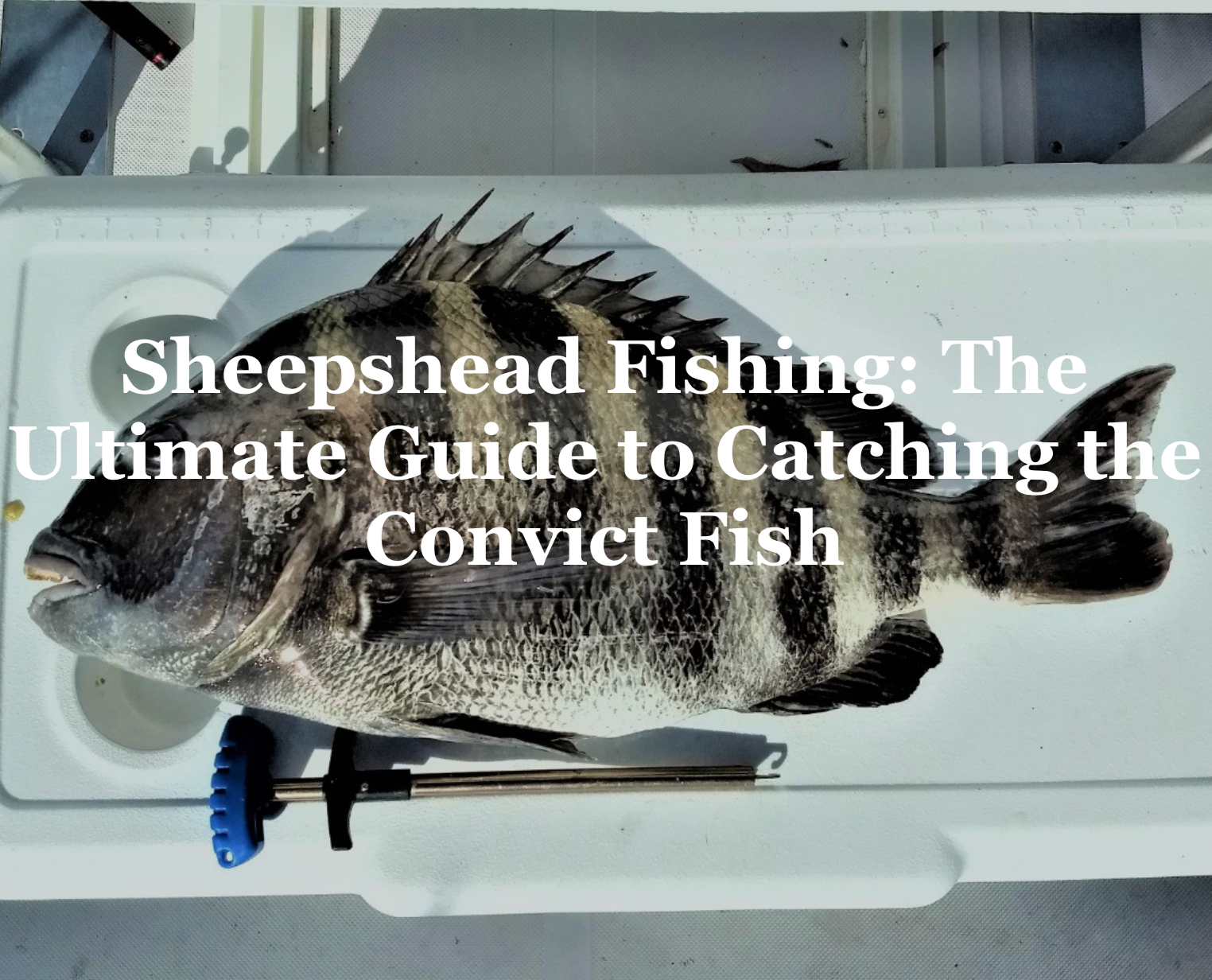
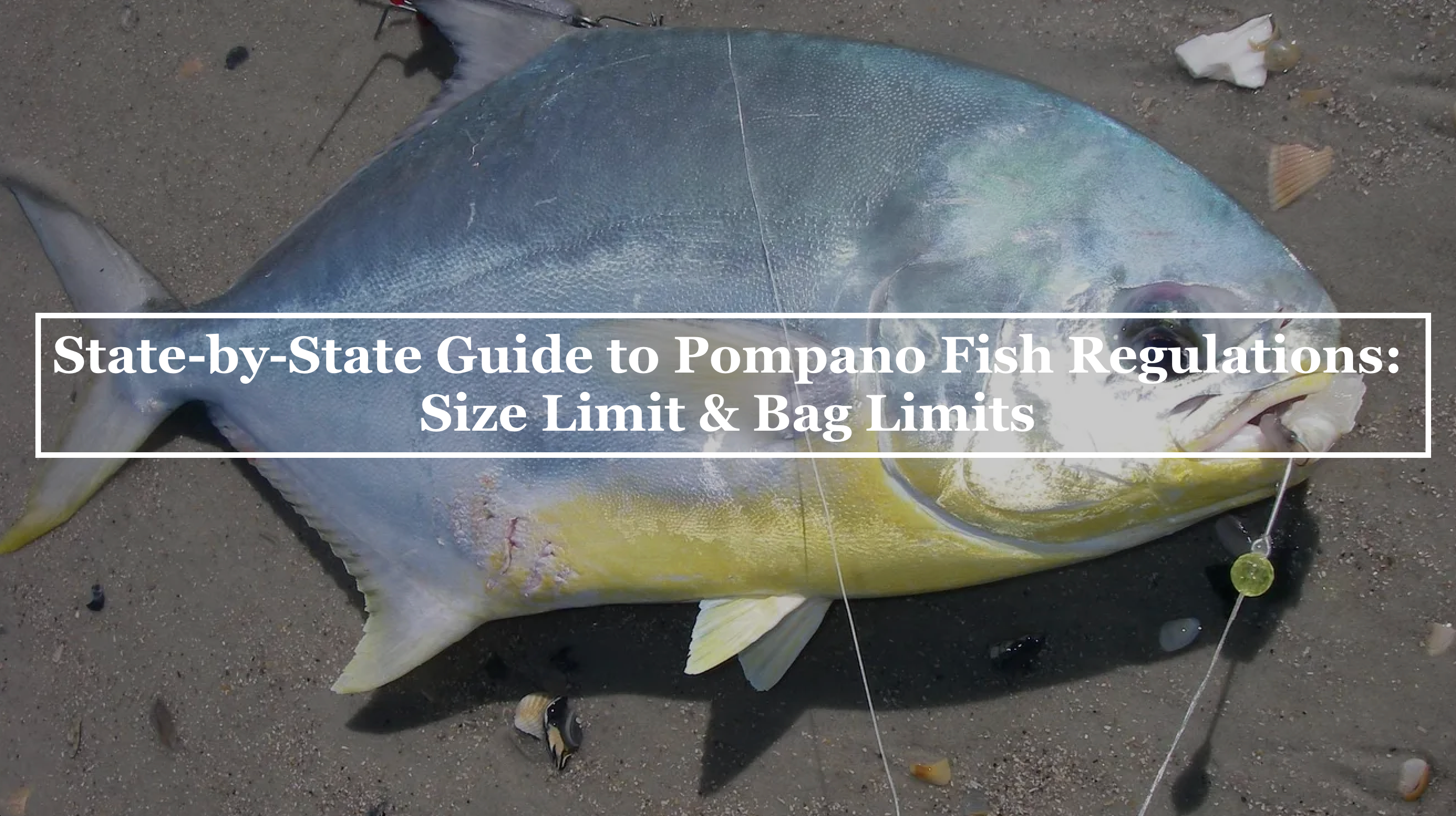
Share:
Master a Worm Hook for Fishing - Sizes, Types & Brands